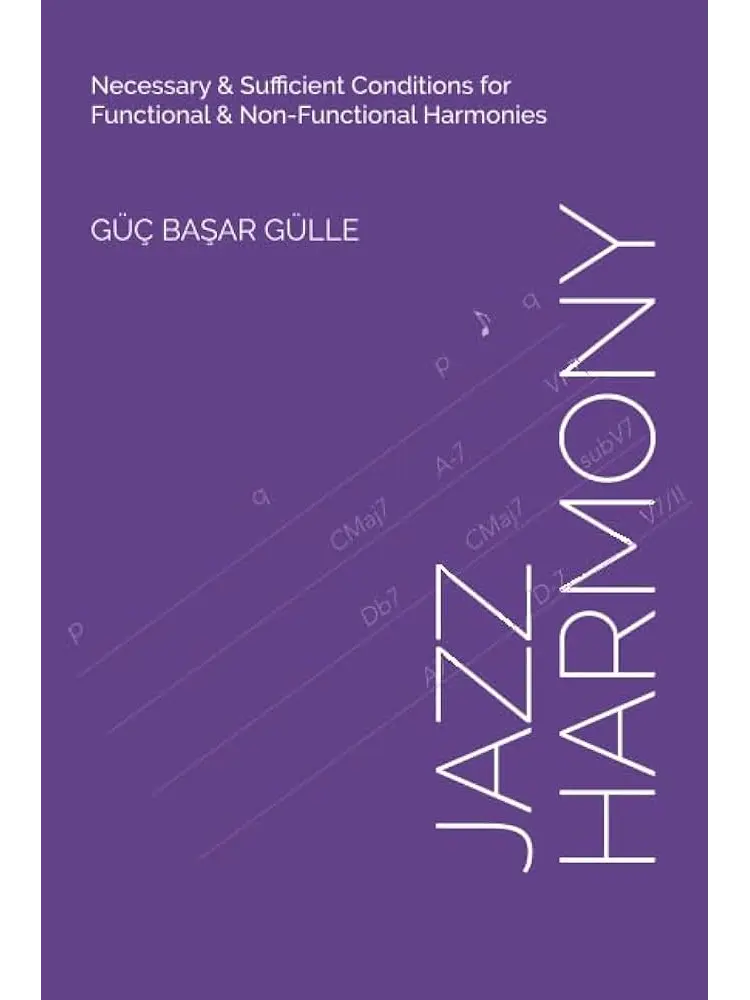| Hakkında |
Studying music theory is not a necessary condition to play music.Many examples throughout history have shown that this, in fact, is not a necessity. From Miles Davis to Freddie Mercury, Schubert to Charlie Parker, many important musicians focused on their musical expressions instead of thinking about whether their theoretical knowledge was good enough or not, and they created historically significant pieces of music with the tools they already had.The musical theory literature allows us to get to know pieces we are dealing with. The knowledge gained through analysis cannot go beyond theoretical knowledge if it is detached from musical experience and has not been totally internalized. In other words, without truly internalizing it, our knowledge of musical theory can only be a pleasant conversation topic. In this sense, the theory plays an active role neither in the process of conveying information nor in a musical production.This book has been designed specifically to aid in musical production and teaching by way of taking musical expression beyond speculative limits and discussing harmonic structures in a consistent manner.While the terminology used in this book is the same as in the curriculum of Berklee College of Music, the conceptual and contextual content based on the fundamental harmonic structures is entirely different. The reason for this difference is because, as I have also personally experienced, some contextual and conceptual inconsistencies in traditional music theory education have led to serious confusion regarding the distinction between structural and superficial elements of harmony. This book is an attempt to clarify these confusions by defining necessary and sufficient conditions in functional and non-functional harmonies.The subject matter of the first part consists of the different ways of using tonal harmonic structures in jazz, pop and rock music. The second part will focus on modal and non-functional structures. |
